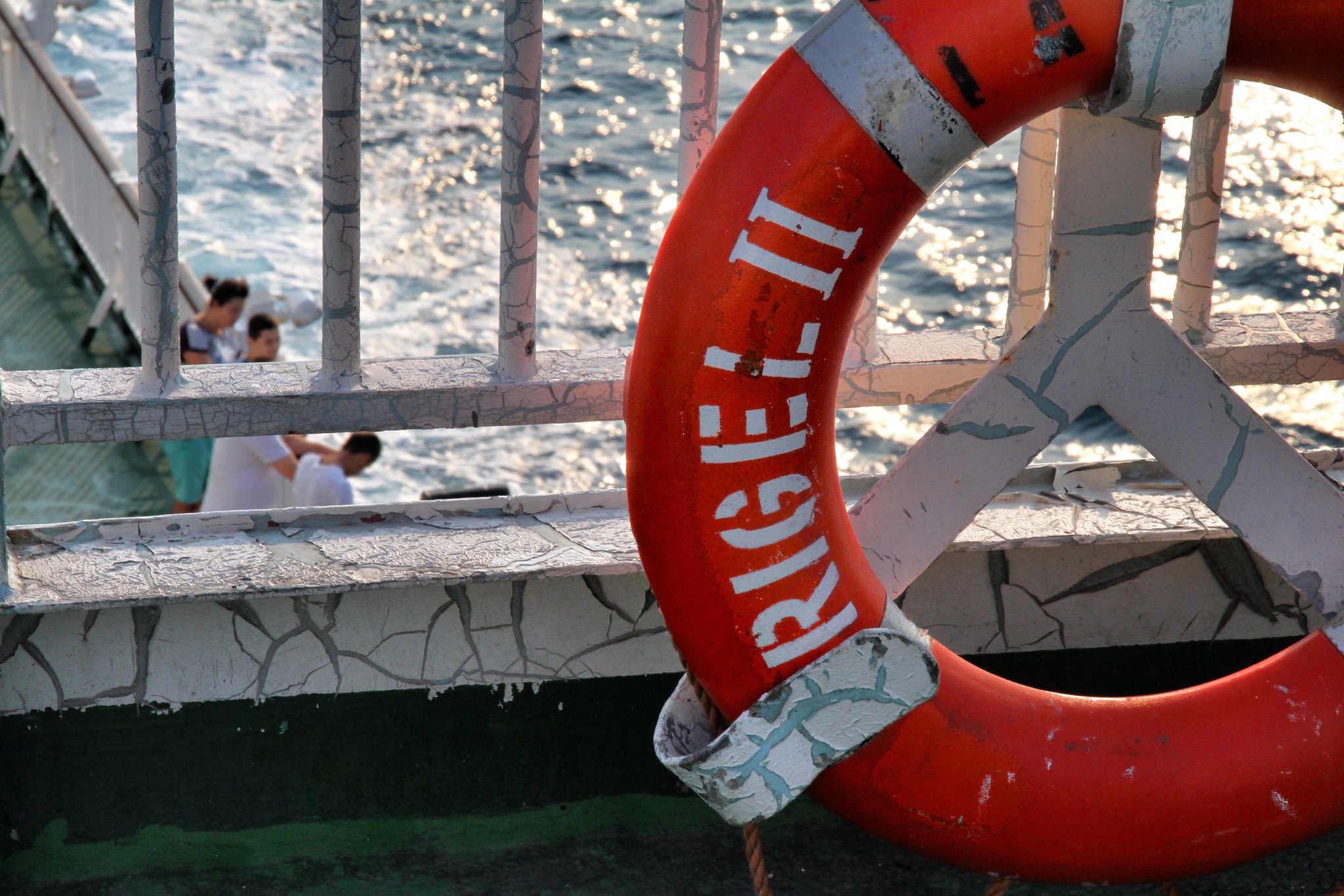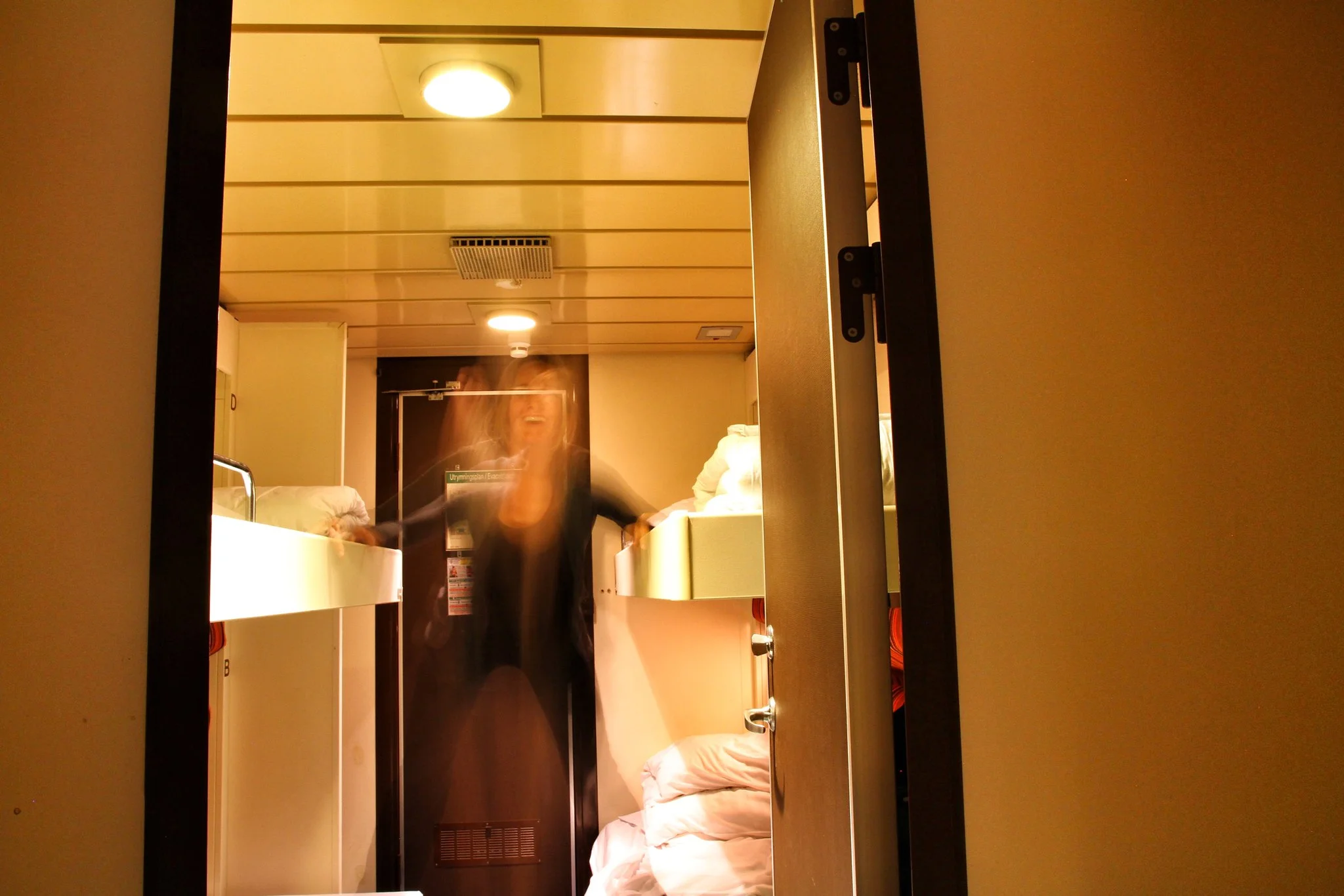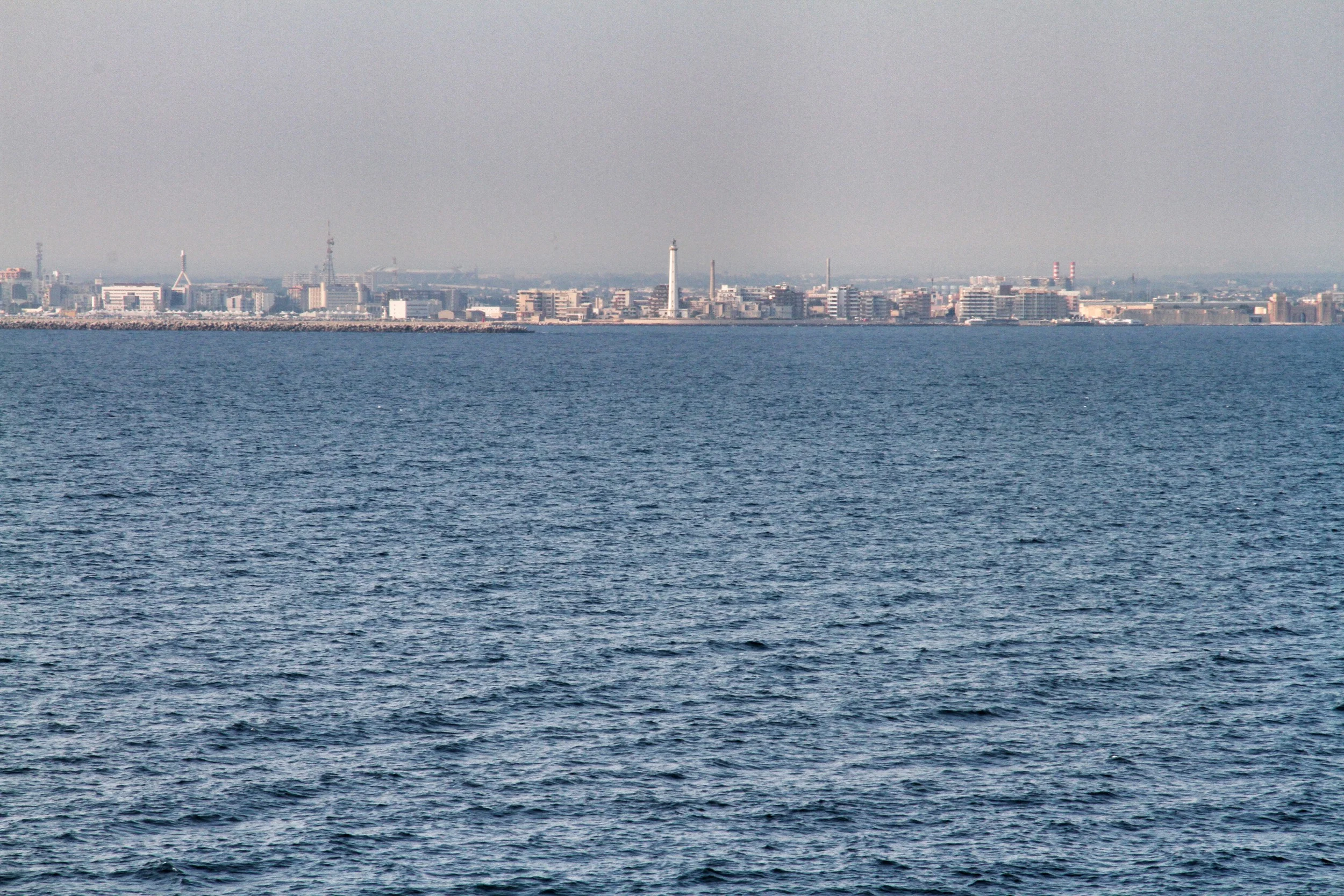As a Matera Fact

ONCE THE SHAME OF ITALY, the Sassi of Matera has an intriguing, tattered history, full of contrast. From troglodyte dwellings to boutique hotels, this cluster of natural cavities, occupied since the Paleolithic era, is experiencing a resurgence of local and foreign interest.
In the 1950s nearly 16,000 peasants occupying the Sassi, were relocated leaving behind an empty honeycomb of dwellings. The natural cave system had made a makeshift home for the poor in southern Italy.
Today, Matera is one of the fastest growing cities in the country.
—|||—
CROSSING THE ADRIATIC to Bari, Italy from Durres, Albania, one of the narrowest points on the sea, we bobbed for 300 km through the night, tucked safely aboard Rigel II.
A prolonged pitch late at night nearly rolled me out of bed, so with a nervous fear rising I left my windowless berth and made my way to the deck, trying to read the facial expressions of the crew for signs of trouble (Sebastian Junger's The Perfect Storm really did a number on me). Nothing out of the ordinary, and nothing but calm rolling waves up ahead so I went back below.
Fer and I accidentally bought two full berths but made the most of the extra space.
—|||—
WITH BARI IN THE DISTANCE at sunrise, we brushed our teeth and packed our things. The customs process at the port was a bit of a mess, but nothing that would cause us to second guess the journey. We kept our cool, and our patience, and in no time we were free to roam.
Bari, the capital of Italy’s Puglia region, is known for an old quarter (Vecchia Bari), confusing to visitors. While we lost our bearings every now and again, the neighborhood was as charming as it was challenging. Many times we found ourselves looking in on daily life, as doors and windows were left wide open to the streets and alleyways.
Closing in on the port of Bari after an all-nighter on the Adriatic.
—|||—
ABOARD A PRISTINE TRENITALIA TRAIN, relishing the cool air, I took notes in my Moleskine journal on a girl eating whole figs for lunch (Note: Eat whole figs). The sweet, sticky smell smudged my nose. I also took note that we were the only two foreigners on this train to a UNESCO World Heritage Site and one of the most in vogue sites in all of Europe. How was Matera not attracting droves?
The town of Matera unexamined, looks a lot like any other Italian city, but once you venture away from the train station and toward the Gravina river, you begin to notice a difference. Paved streets are replaced by cobblestones, rounded and polished from centuries of foot traffic, and the land drops off, gently rolling down one side of a shallow canyon.
Chiesa di San Francesco d'Assisi
The Sassi spill out in front of you like things you’ve wanted to say but never could, and from afar they look like a robe in Gustav Klimt’s The Kiss. Dug directly into calcareous rocks, spaces are stacked on top of one another, or tucked under streets or stairwells.
Some spaces are still uninhabitable and even dangerous, but many have been transformed into boutique hotels, restaurants and galleries, and an edgy art scene thrives in the fringes.
Embracing the history, the connectedness, and the rubble, some locals still emphatically call themselves cave dwellers. While their homes may be hidden underground, their Matera pride is shining bright on the surface.
I was sure not to be in a room alone with this artist…
I call this one Tidbitaly.
VERDICT: Mostly Harmless, but be cautious of steep, slippery stairs and high ledges.
———-
LINKS:
Durres, Albania: Home to the biggest seaport in the country, 34 km away from the capital, Tirana. The oldest city in Albania.
The Perfect Storm: Book by Sebastian Junger about a doomed fishing boat lost at sea.
TrenItalia: The largest train operator in Italy.
Gustav Klimt’s The Kiss: An iconic oil painting with silver and gold leaf by the Austrian painter Gustav Klimt, painted in the early 1900s.
















